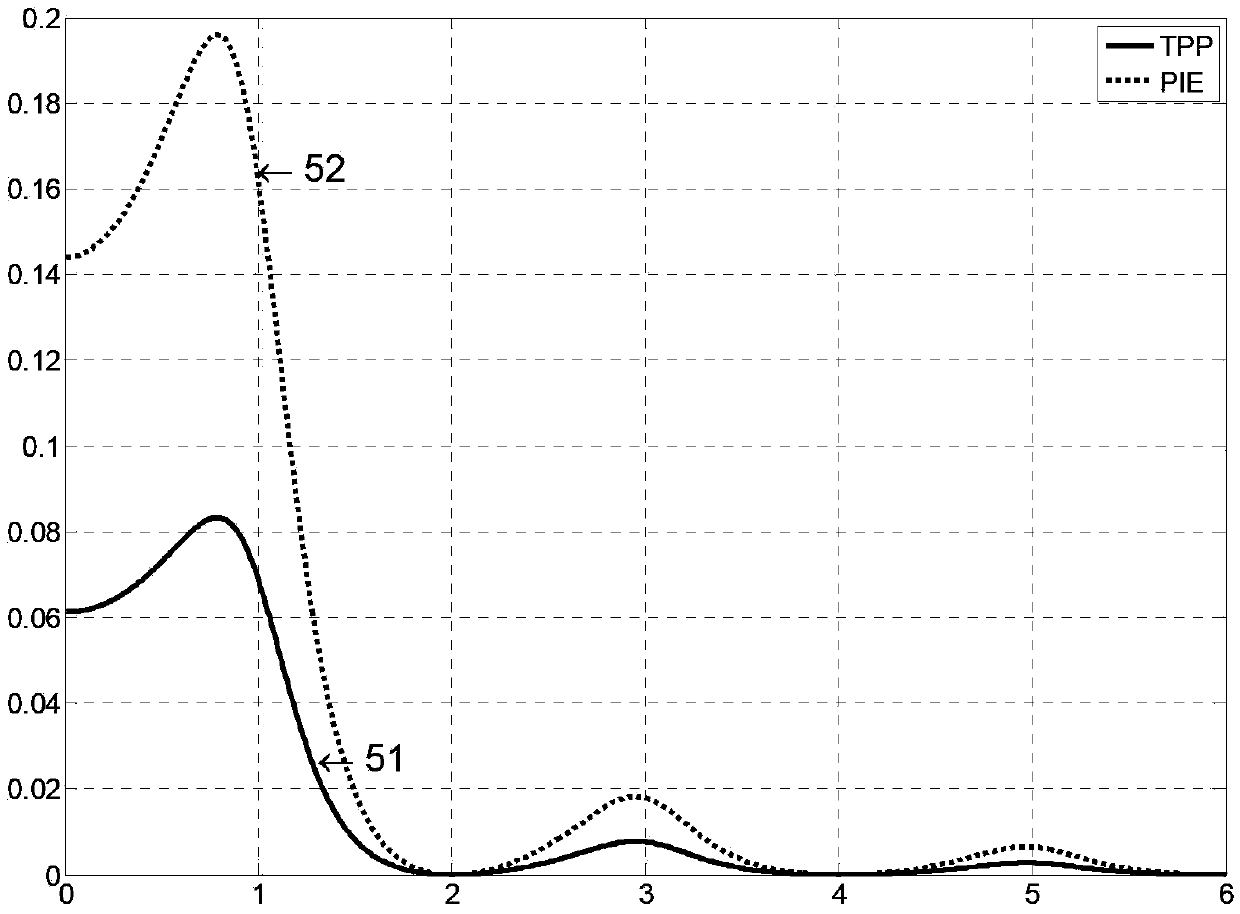Data encoding and decoding method for passive radio frequency identification system
An encoding and decoding method and identification system technology, which are applied in the data encoding field of passive radio frequency identification systems, can solve the problems of long transmission time per unit, reduce the data transmission rate of the reader and reduce the spectral efficiency, etc., and solve the problem of energy supply. , easy to achieve, to ensure the effect of synchronization
- Summary
- Abstract
- Description
- Claims
- Application Information
AI Technical Summary
Problems solved by technology
Method used
Image
Examples
Embodiment Construction
[0032] The present invention will be further described below in conjunction with the accompanying drawings and embodiments.
[0033] According to an embodiment of the present invention, a data encoding method for a passive radio frequency identification system is provided. First, the reader groups the binary data to be sent into groups of two bits. If the binary data to be sent is an odd number of bits, it needs to be supplemented with "0" before grouping. After grouping, encode each group of data in the following way (refer to figure 2 ):
[0034] The binary data packet "00" is encoded as: length L 1 =T c The length of the high level is L=T c low level;
[0035] The binary data packet "01" is encoded as: length L 2 = 2T c The length of the high level is L=T c low level;
[0036] The binary data packet "11" is encoded as: length L 3 = 3T c The length of the high level is L=T c low level;
[0037] The binary data packet "10" is encoded as: length L 4 = 4T c The ...
PUM
 Login to View More
Login to View More Abstract
Description
Claims
Application Information
 Login to View More
Login to View More - R&D
- Intellectual Property
- Life Sciences
- Materials
- Tech Scout
- Unparalleled Data Quality
- Higher Quality Content
- 60% Fewer Hallucinations
Browse by: Latest US Patents, China's latest patents, Technical Efficacy Thesaurus, Application Domain, Technology Topic, Popular Technical Reports.
© 2025 PatSnap. All rights reserved.Legal|Privacy policy|Modern Slavery Act Transparency Statement|Sitemap|About US| Contact US: help@patsnap.com



